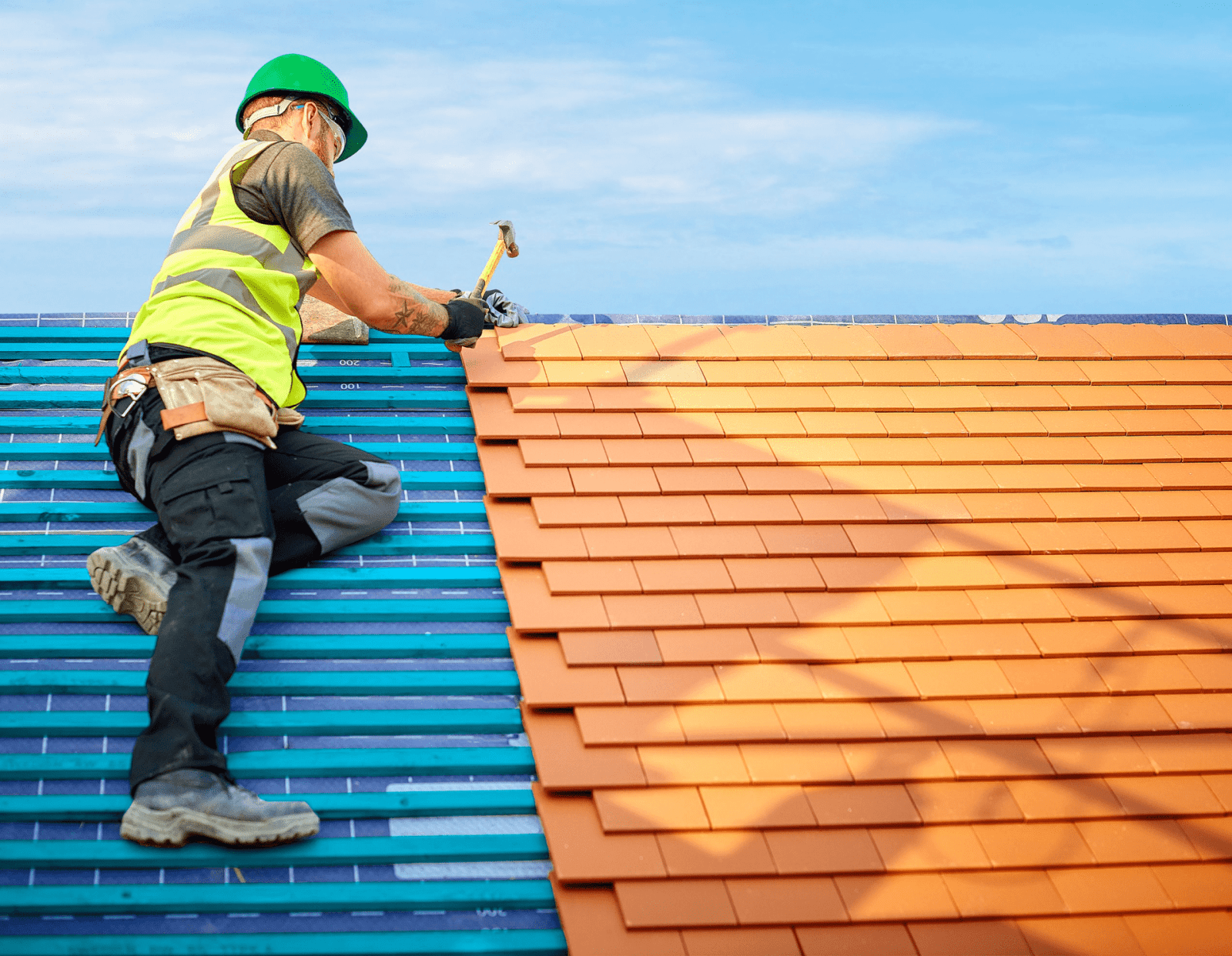Don’t let a failing roof destroy your home’s value and put your family at risk – discover the crucial warning signs that could save you thousands in emergency repairs.
Most residential roofs last between 15 to 50 years, but the exact lifespan depends heavily on the materials used, installation quality, and maintenance practices. Understanding your roof’s expected lifespan and recognizing early warning signs can help you plan for replacement before costly damage occurs.
Factors that Impact the Average Lifespan of Your Roof
Several critical factors determine how long your roof will protect your home effectively.
Material Quality and Type
The roofing material you choose has the biggest impact on longevity. Premium materials typically offer better durability and longer warranties, making them cost-effective investments despite higher upfront costs.
Installation Workmanship
Even the highest-quality materials will fail prematurely if installed incorrectly. Poor installation can reduce a roof’s lifespan by 30-50%, making contractor selection crucial for long-term performance.
Climate and Weather Conditions
Extreme temperatures, frequent storms, high winds, and UV exposure all accelerate roof aging. Areas with severe weather patterns typically see shorter roof lifespans regardless of material quality.
Ventilation and Insulation
Proper attic ventilation prevents moisture buildup and temperature extremes that can warp, crack, or rot roofing materials. Poor ventilation is a leading cause of premature roof failure.
Regular Maintenance
Annual inspections and prompt repairs significantly extend roof life. Neglected minor issues often become major problems requiring complete replacement instead of simple fixes.

How Long Does a Roof Last?
The lifespan varies dramatically based on material choice and local conditions.
Roof Life Expectancy Based on Types of Roofs
Asphalt Shingles (15-30 years)
Three-tab shingles last 15-20 years, while architectural shingles can reach 25-30 years. They’re affordable but require more frequent replacement than premium options.
Metal Roofs (40-70 years)
Steel and aluminum roofs offer excellent durability and weather resistance. While expensive initially, their longevity makes them cost-effective over time.
Clay and Concrete Tiles (50-100 years)
These heavy materials provide exceptional durability in hot climates. They require structural reinforcement but can last multiple generations with proper maintenance.
Slate Roofs (75-100+ years)
Natural slate offers the longest lifespan of common roofing materials. Though expensive and heavy, slate roofs often outlast the homes they protect.
Wood Shingles (20-40 years)
Cedar and other wood materials provide natural beauty but require regular maintenance to prevent rot, insect damage, and fire risk.
Commercial and Flat Roof Lifespans
EPDM Rubber (20-30 years)
Single-ply membrane systems offer good durability and easy repair options for commercial buildings.
TPO (15-25 years)
Thermoplastic membranes provide energy efficiency and moderate durability at lower costs than premium options.
Modified Bitumen (20-30 years)
Multi-layer systems offer excellent waterproofing but require professional installation and maintenance.
How Can I Make My Roof Last Longer?
Proactive maintenance significantly extends roof lifespan and prevents costly emergency repairs.
Schedule Annual Inspections
Professional evaluations identify minor issues before they become major problems. Many roofing companies offer free inspections to assess current condition.
Keep Gutters Clean
Clogged gutters cause water backup that can damage roof edges and create ice dams in winter months.
Trim Overhanging Branches
Tree limbs scraping against roofing materials gradually wear away protective surfaces and can puncture during storms.
Address Repairs Immediately
Small leaks and damaged shingles worsen rapidly. Quick repairs cost hundreds instead of thousands for major damage.
Ensure Proper Ventilation
Adequate airflow prevents moisture buildup and temperature extremes that accelerate material degradation.
When to Replace Your Roof
Several warning signs indicate it’s time to consider roof replacement rather than continued repairs.
Age-Related Indicators
If your roof approaches its expected lifespan and shows multiple issues, replacement becomes more economical than ongoing repairs.
Widespread Shingle Damage
Missing, cracked, or curling shingles across large areas suggest systematic failure requiring complete replacement.
Interior Water Damage
Ceiling stains, peeling paint, or visible leaks indicate compromised waterproofing that may affect structural integrity.
Granule Loss
Asphalt shingles losing protective granules appear bare or discolored and provide inadequate weather protection.
Sagging or Structural Issues
Visible sagging indicates potential structural damage requiring immediate professional evaluation and likely replacement.
How Do Warranties Compare to the Lifespan of a Roof?
Most roofing warranties cover 15-30 years but include specific limitations and exclusions. Material warranties typically last longer than workmanship warranties, which usually cover 1-10 years. Understanding warranty terms helps set realistic expectations for repair coverage and replacement timing.
Premium materials often include longer warranties that better align with actual lifespans, providing better value despite higher initial costs.
Expert Author
Robert Thompson, Licensed Roofing Contractor & Building Inspector
Robert has over 20 years of experience in residential and commercial roofing across the Midwest. He holds licenses in roofing contracting and building inspection in three states and has overseen more than 3,000 roof installations and replacements. Robert is certified by the National Roofing Contractors Association (NRCA) and regularly provides expert testimony in construction litigation cases. He currently operates a roofing company specializing in storm damage restoration and energy-efficient roofing systems.
Understanding your roof’s expected lifespan and maintenance needs helps you make informed decisions about repairs versus replacement. Regular inspections and prompt attention to warning signs can maximize your roofing investment while protecting your home’s value and your family’s safety.
























